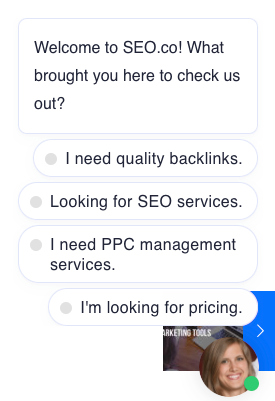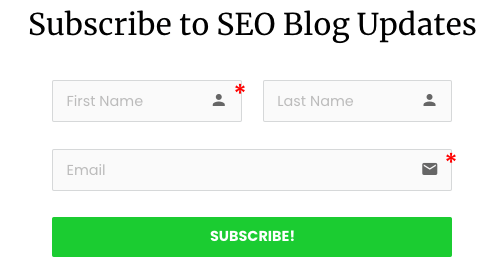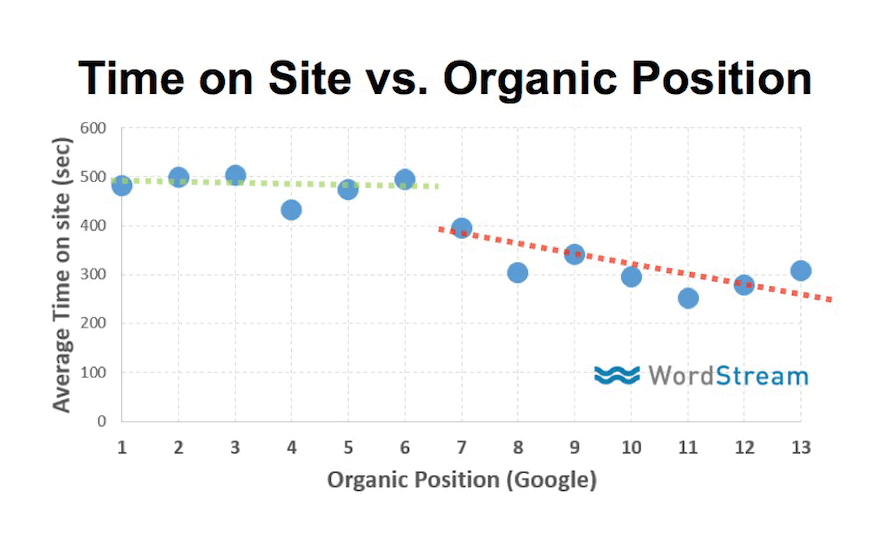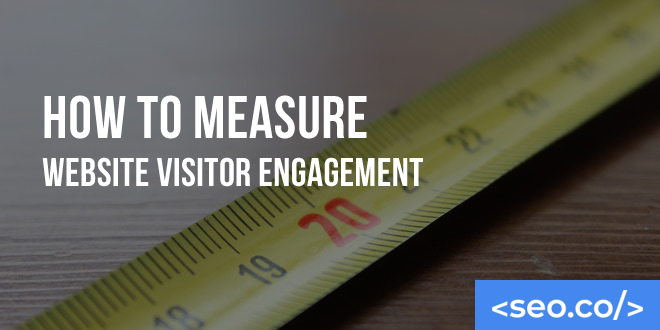Reader engagement is one of the most important qualities you’ll optimize in a content marketing campaign.
The user engagement factor separates the real potential customers from the window shoppers.
Engagement–the conscious emotional or intellectual connection a user has to a given story or feature–is therefore a fairly reliable metric for the health of your campaign and the power of your content.
But an “emotional or intellectual connection” is difficult to measure directly.
Instead, we have a series of different snapshots you can take to indirectly measure your overall reader engagement:
Table of Contents
Comments & Live Chat
The first metric is one of the easiest to measure, at least if you have comments enabled on your blog.
For a user to leave a comment or connect via live chat (or a chatbot), they generally have to feel passionate about what they’re reading.

It doesn’t necessarily take a lot of time or effort, but the vast majority of online readers never leave comments.
Motivating even one comment is a sign that your content is reaching your audience effectively.
Don’t only look at comments on your blog itself, though—syndicate your article on various social media channels and see if people comment there. Generally, the more comments you attract, the more engaging your content is.
Social Shares
Looking at social media once again, you can measure your reader engagement by seeing how many people have shared a particular article to their friends and family members.
Hopefully, you’ve got social media share buttons installed on your blog (if you don’t already, it’s time to do that).
The easier you can make it to share your content the better.
Otherwise, you’ll have to rely on people taking their own initiative, or rely on your followers sharing a link your posted.
However you approach the situation, more shares is a general indicator of greater reader engagement.
Most people won’t think of sharing something unless it strikes a strong chord with them.
Email Signups
If you’re blogging regularly, you should have at least one regular email blast going out to your loyal readers as a “recap” of your most valuable posts (and a few blasts with special offers and promotions from your brand).
I’ll assume you’re doing this, and that you have a location to sign up for emails located somewhere visible on your blog.

With this in place, you’ll be able to directly measure how many people were impressed enough by your content to sign up for future updates.
If a reader is sufficiently engaged, he/she will sign up for more.
Website Conversions
You might consider an email signup to constitute a “conversion,” but I’ll assume that you actually have a separate signup or purchase that you’d rather have.
For example, you might have people signing up for a free whitepaper download, or an e-commerce integration that pushes your main products.
Either way, you can use your conversion rate to indicate how strongly your content can motivate your inbound visitors.
This is one of the fuzzier metrics we’ll be using, as conversions can be influenced by a number of factors and you might earn conversions from non-readers, but still—if your conversion rate grows with all other things being equal, it’s a good indication of your engagement growing.
Page Dwell Time
This is the first of our final three metrics, all of which can be found in Google Analytics.
First, drill down on the Behavior tab until you find a few URLs associated with articles on your blog.
You should be able to see the average amount of time a user spends on these pages—generally, the more time a user spends on a page, the more engaged he/she is with the content on that page.

If your blogs are attracting users for a longer period of time, they’re likely more engaging than the other pages of your site.
Website Bounce Rates
Bounce rates, on the other hand, indicate low engagement.

The higher the bounce rate of a given page, the more likely it is that your readers find the page disinteresting or disengaging.
You want your users to be so engaged that they can’t help but stay on your site for longer.
If you come across the paradoxical situation of a high time spent on a given page but a high bounce rate, average these values with the other pages of your site to es\ablish a clear conclusion.
Returning & Repeat Visitors
Finally, take a look at the amount of repeat traffic you get—Google will break down your “new” visitors in the Acquisition section, but also take a look at your direct visits.
Obviously, attracting new visitors is never a bad thing, but your total number of repeat visitors should steadily increase as your engagement continues to be positive.
If you’re seeing high and growing numbers for the majority of these metrics, then pat yourself on the back.
You’re cultivating an atmosphere of positive engagement, and your readers are greatly interested in your material.
If you encounter low or stagnant figures more often, however, you’ll need to take a critical look at how your content attempts to grab the attention of your readers, and make substantial improvements to your overall approach to visitor engagement.
Tim holds expertise in building and scaling sales operations, helping companies increase revenue efficiency and drive growth from websites and sales teams.
When he's not working, Tim enjoys playing a few rounds of disc golf, running, and spending time with his wife and family on the beach...preferably in Hawaii.
Over the years he's written for publications like Forbes, Entrepreneur, Marketing Land, Search Engine Journal, ReadWrite and other highly respected online publications. Connect with Tim on Linkedin & Twitter.
- How to Rank for Local SEO in Multiple Locations - April 16, 2024
- SEO for Mass Tort Lawyers: Everything You Need to Know - April 3, 2024
- Natural Backlinks vs. Unnatural Backlinks: How to Build a Natural Link Profile - April 1, 2024




